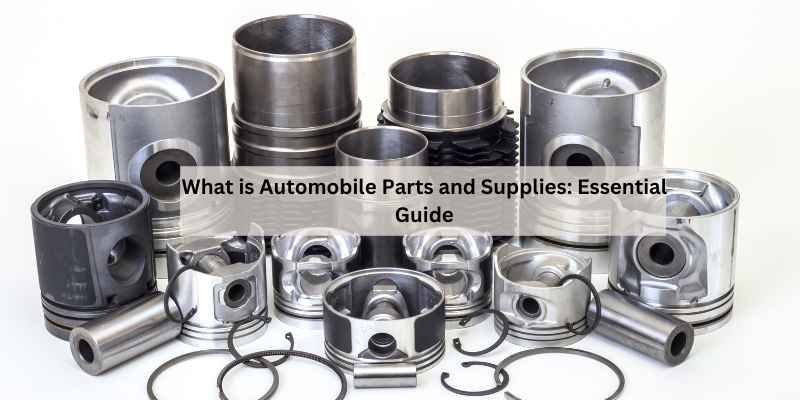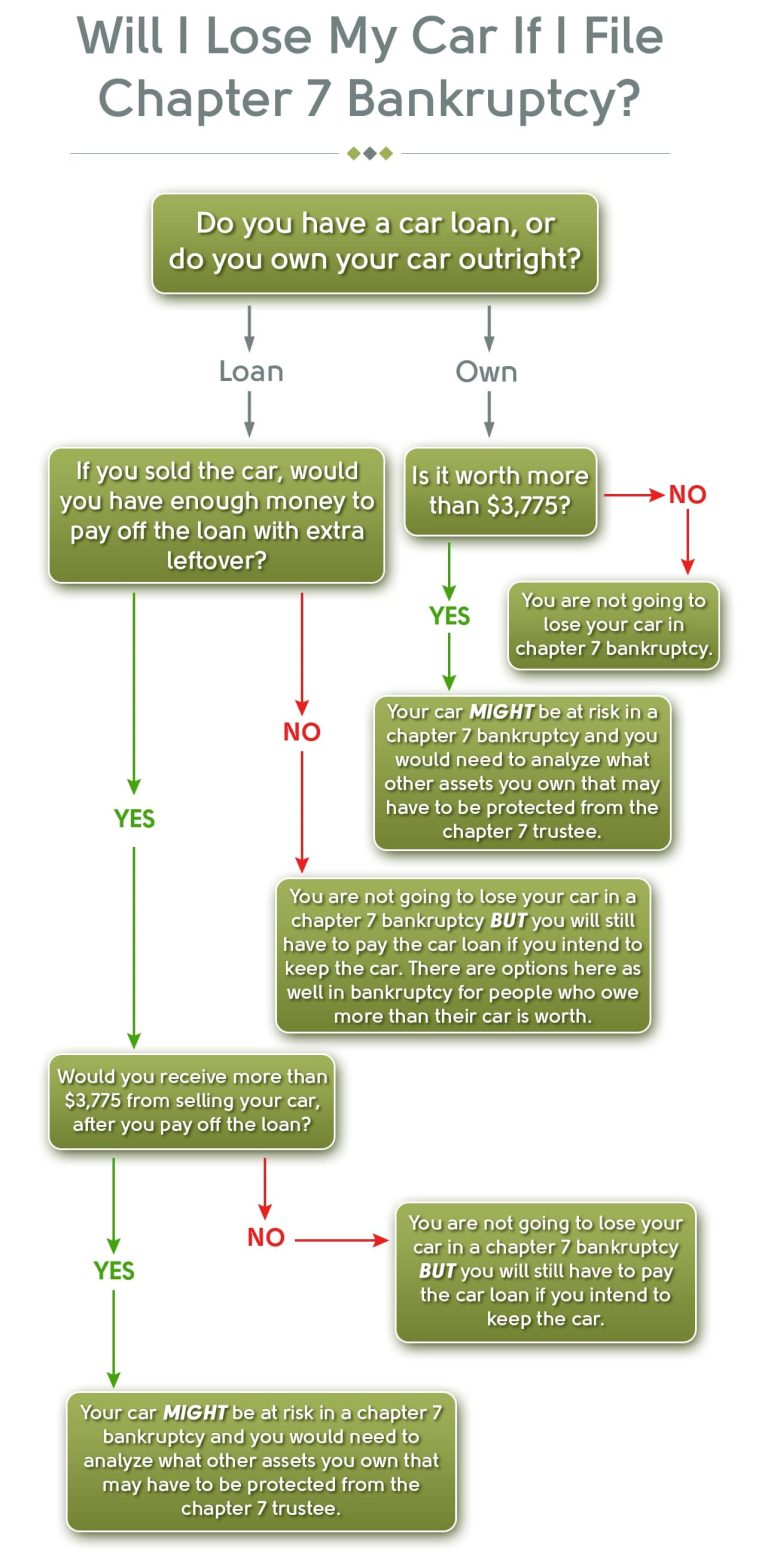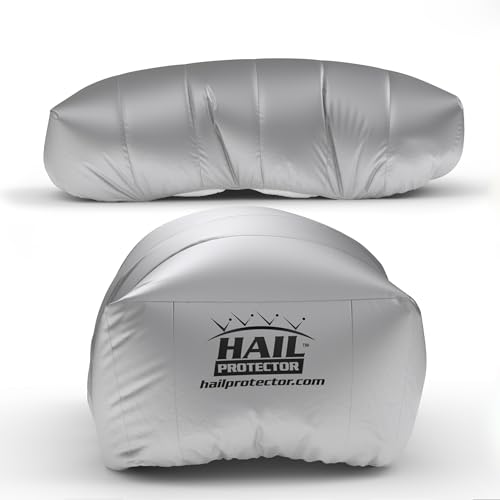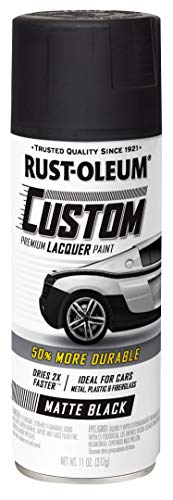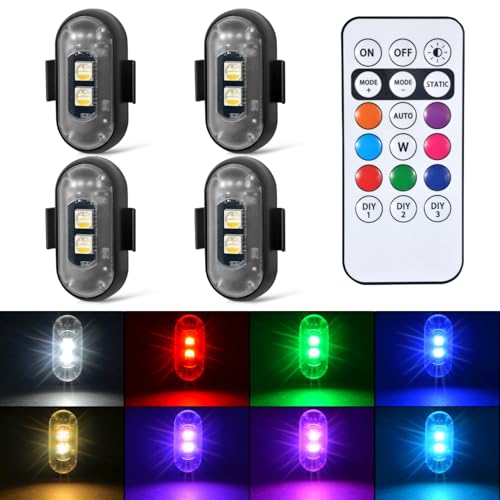What is Automobile Parts and Supplies: Essential Guide
Automobile parts and supplies are the component elements and systems that make up a car, ranging from fasteners to body panels and engine parts. These parts are essential for the production and maintenance of vehicles, ensuring their functionality and performance.
Automotive suppliers play a crucial role in manufacturing goods used in automobile production, supplying these goods directly or indirectly to automobile manufacturers. From the engine and transmission to the cooling and electrical systems, each part contributes to the overall operation of a vehicle.
Understanding the key components and functions of auto parts is vital for both consumers and industry professionals to ensure safe and efficient transportation.
Introduction To Automobile Parts And Supplies
History And Evolution
Since the invention of the automobile in the late 19th century, the industry has continuously evolved, leading to the development of various automobile parts and supplies. From the early days of simple mechanical components to the modern era of advanced electronic systems, the history of automobile parts and supplies reflects the innovative advancements in technology and engineering.
Importance In Vehicle Functionality
The functionality of a vehicle heavily relies on its parts and supplies. Each component serves a specific purpose, contributing to the overall performance, safety, and comfort of the vehicle. From essential parts like the engine and transmission to intricate systems such as the electrical and braking systems, every part plays a crucial role in ensuring the efficient operation of the vehicle.
Classifying Auto Parts
Automobile parts and supplies refer to the various components and systems that make up a car, ranging from the engine to the seat springs. These parts can be manufactured by automotive suppliers and supplied directly or indirectly to an automobile manufacturer.
Understanding the different parts of a car is essential for classifying auto parts.
Oem Vs Aftermarket
Original Equipment Manufacturer (OEM) parts are produced by the car manufacturer, ensuring high quality and exact fit. Aftermarket parts, on the other hand, are made by third-party companies.
Categories Of Car Parts
- Engine components
- Electrical systems
- Braking system
- Suspension and steering
- Transmission
Engine And Powertrain Components
When it comes to automobile parts and supplies, the engine and powertrain components play a crucial role in the overall performance and functionality of a vehicle. These components are responsible for generating power, transferring it to the wheels, and ensuring smooth operation of the vehicle.
The Engine Block
The engine block, also known as the cylinder block, is the main structure of the engine that houses the cylinders, pistons, and other internal components. It is typically made of cast iron or aluminum and serves as the foundation for the entire engine assembly.
Transmission Types
The transmission system in a vehicle is responsible for transferring power from the engine to the wheels. There are several types of transmissions, including automatic, manual, and continuously variable transmissions (CVT), each with its own unique mechanism for changing gear ratios.
Fuel, Ignition, And Exhaust Systems
When it comes to the functionality of a vehicle, the fuel, ignition, and exhaust systems play a crucial role in ensuring smooth operation. Each system has its own set of components that work together to keep the vehicle running efficiently.
Fuel Injection System
The fuel injection system is responsible for delivering the right amount of fuel to the engine’s cylinders. It consists of components such as the fuel pump, fuel injectors, fuel pressure regulator, and the fuel filter. These components work together to ensure that the engine receives the optimal fuel-air mixture for combustion.
Exhaust System Basics
The exhaust system plays a vital role in removing the by-products of combustion from the engine and reducing harmful emissions. It includes components such as the exhaust manifold, catalytic converter, muffler, and tailpipe. These components work together to channel the exhaust gases away from the engine and reduce noise levels.
Cooling Systems And Lubrication
When it comes to ensuring the smooth functioning of an automobile, the cooling systems and lubrication play a critical role. Let’s take a closer look at maintaining engine temperature and oil and lubrication, two essential aspects of automobile parts and supplies.
Maintaining Engine Temperature
Proper engine temperature is crucial for the optimal performance and longevity of a vehicle. The cooling system, consisting of the radiator, water pump, thermostat, and coolant, works together to regulate the engine temperature. Here’s a breakdown of these components:
- Radiator: Responsible for dissipating heat from the coolant.
- Water Pump: Circulates the coolant through the engine and radiator.
- Thermostat: Controls the flow of coolant to maintain the ideal temperature.
- Coolant: Absorbs heat from the engine and releases it through the radiator.
Oil And Lubrication
Oil and lubrication are essential for reducing friction and wear within the engine, ensuring smooth operation. Here are the key components associated with oil and lubrication:
- Engine Oil: Provides lubrication for the moving parts within the engine.
- Oil Filter: Removes contaminants and impurities from the engine oil.
- Lubrication System: Distributes oil to various engine components, such as pistons, bearings, and camshaft.
- Cooling System: Helps in dissipating heat generated by friction within the engine.
Electrical Components And Systems
When it comes to the electrical components and systems in automobiles, several crucial elements play a significant role in ensuring the proper functioning of the vehicle. These components are essential for powering various systems and ensuring safety and visibility on the road.
Battery And Alternator
The battery and alternator are vital electrical components in a vehicle. The battery serves as the primary power source, providing electricity to start the engine and power the vehicle’s electrical systems. On the other hand, the alternator is responsible for recharging the battery and supplying power to the electrical components while the engine is running.
Lighting And Wiring
Proper lighting and wiring are crucial for ensuring visibility and safety while driving. The lighting system includes headlights, taillights, turn signals, and interior lights, all of which rely on a well-maintained wiring system to function effectively.
Suspension, Steering, And Braking

When it comes to the smooth operation and safety of a vehicle, the suspension, steering, and braking systems play crucial roles. Each of these systems is made up of various components that work together to ensure a comfortable ride and precise control over the vehicle.
Suspension Components
The suspension system of a vehicle is responsible for providing a smooth ride by absorbing shocks and vibrations from the road surface. It consists of components such as shock absorbers, struts, control arms, and coil springs.
Steering Mechanisms
The steering system enables the driver to control the direction of the vehicle. Key components include the steering wheel, steering column, tie rods, and steering gear. Proper functioning of these parts is essential for responsive and accurate steering.
Braking System Parts
The braking system is crucial for the safety of the vehicle and its occupants. Components like brake pads, rotors, calipers, and brake lines work together to slow down and stop the vehicle efficiently.
Exterior And Interior Parts
When it comes to automobile parts and supplies, the exterior and interior components play a crucial role in the functionality and aesthetics of a vehicle. From body panels and frames to interior comfort and controls, each aspect contributes to the overall performance and comfort of the automobile.
Body Panels And Frames
Body panels are essential components that form the outer shell of the vehicle, providing structural integrity and protection. They include the doors, fenders, hood, and trunk, safeguarding the internal components from external elements. Frames, on the other hand, are the structural backbone of the vehicle, supporting the body and contributing to its overall strength and durability.
Interior Comfort And Controls
Interior comfort features are designed to enhance the driving experience and passenger satisfaction. From seating arrangements to climate control systems, these components ensure a pleasant and ergonomic environment within the vehicle. Controls such as steering wheels, pedals, and dashboard interfaces enable the driver to operate the vehicle smoothly and efficiently.
Automotive Accessories And Enhancements
Automotive accessories and enhancements refer to the various components and systems that make up a vehicle, from the engine to the body panels. These parts include everything from small fasteners to large body panels, contributing to the functionality and aesthetics of the automobile.
Automotive accessories and enhancements are add-ons that can improve the functionality, performance, and appearance of a vehicle. Aesthetic add-ons include anything that enhances the visual appeal of the car, such as custom wheels, spoilers, decals, and window tinting. Performance upgrades, on the other hand, are modifications that improve the vehicle’s speed, power, and handling.
Aesthetic Add-ons
Aesthetic add-ons are popular among car enthusiasts who want to personalize their vehicles and make them stand out from the crowd. Custom wheels, for instance, can enhance the look of the car and improve its handling. Spoilers and body kits can also improve the vehicle’s aerodynamics and give it a sporty look. Decals and graphics are another way to customize the car and express the owner’s personality. Window tinting can provide privacy, reduce glare, and block UV rays.
Performance Upgrades
Performance upgrades are modifications that can improve the vehicle’s acceleration, top speed, handling, and braking. Engine upgrades, such as air intake systems, exhaust systems, and turbochargers, can increase the horsepower and torque of the car. Suspension upgrades, such as lowering springs, sway bars, and coilovers, can improve the handling and stability of the vehicle. Brake upgrades, such as high-performance brake pads and rotors, can improve the stopping power and reduce brake fade.
In conclusion, automotive accessories and enhancements can improve the appearance, performance, and functionality of a vehicle. Whether you’re looking to customize your car or improve its performance, there are plenty of options available. However, it’s important to choose high-quality products and have them installed by a professional to ensure safety and reliability.
The Supply Chain Of Auto Parts
Automobile parts and supplies encompass a wide array of component elements and systems that are essential for the functioning of vehicles. Understanding the supply chain of auto parts is crucial to grasp how these components reach consumers.
Manufacturers And Suppliers
Manufacturers and suppliers play a vital role in producing and providing auto parts to the market. They are responsible for creating the various components that make up a vehicle, ranging from engines to body panels.
Retail And Distribution Channels
Retail and distribution channels are crucial for getting auto parts into the hands of consumers. These channels ensure that the parts are available through retail stores, online platforms, and authorized dealerships.
Maintenance And Replacement
Automobile parts and supplies encompass all component elements and systems necessary for a vehicle, from the engine to body panels and fasteners. Maintenance and replacement of these parts are essential for ensuring optimal performance and longevity of the vehicle.
Regular Maintenance Essentials
When to Replace Parts
Automobile parts and supplies play a crucial role in the performance and longevity of a vehicle. Regular maintenance is essential to ensure that all components are functioning properly. This includes checking and replacing worn-out parts to prevent breakdowns and ensure safety on the road.
Regular Maintenance Essentials
Regular maintenance tasks are crucial to keep a vehicle running smoothly. Here are some essential maintenance tasks:
– Oil changes: Regularly changing the oil helps keep the engine lubricated.
– Tire rotations: Rotating tires helps ensure even wear and extends their lifespan.
– Brake inspections: Checking the brakes regularly is vital for safety.
– Fluid checks: Regularly checking and topping up fluids such as coolant and brake fluid.
When To Replace Parts
Knowing when to replace parts is key to maintaining a vehicle in optimal condition. Some signs that indicate a part needs replacement include:
1. Worn-out tires: Tires with low tread depth should be replaced to ensure safe driving.
2. Brake issues: Squeaking or grinding noises when braking may indicate the need for new brake pads.
3. Engine problems: Check engine light or rough idling may signal issues with engine components.
4. Battery age: Old batteries may struggle to hold a charge and should be replaced.
Regular maintenance and timely replacement of parts are essential to ensure a vehicle’s longevity and performance. By staying proactive and addressing issues promptly, drivers can enjoy a safe and smooth driving experience.
Future Trends In Automobile Parts
The automotive industry is constantly evolving, with advancements in auto technology and a shift towards sustainable and eco-friendly parts shaping the future of automobile parts and supplies.
Advancements In Auto Technology
- Integration of AI and machine learning in vehicle systems.
- Development of autonomous driving capabilities.
- Enhanced connectivity for improved user experience.
Sustainable And Eco-friendly Parts
- Increased use of recycled materials in manufacturing.
- Development of electric and hybrid vehicle components.
- Focus on reducing carbon footprint through eco-conscious designs.
Navigating The Auto Parts Market
When it comes to navigating the auto parts market, finding quality parts is essential to ensure the optimal performance and longevity of your vehicle. Avoiding counterfeit components is equally important to prevent potential safety hazards and costly repairs down the line.
Finding Quality Parts
Quality parts are crucial for the smooth functioning of your vehicle. When looking for auto parts, consider purchasing from reputable suppliers or authorized dealers to guarantee authenticity and reliability.
Avoiding Counterfeit Components
Counterfeit components pose a significant risk to the performance and safety of your vehicle. To avoid purchasing counterfeit parts, always verify the authenticity of the product and be cautious of deals that seem too good to be true.
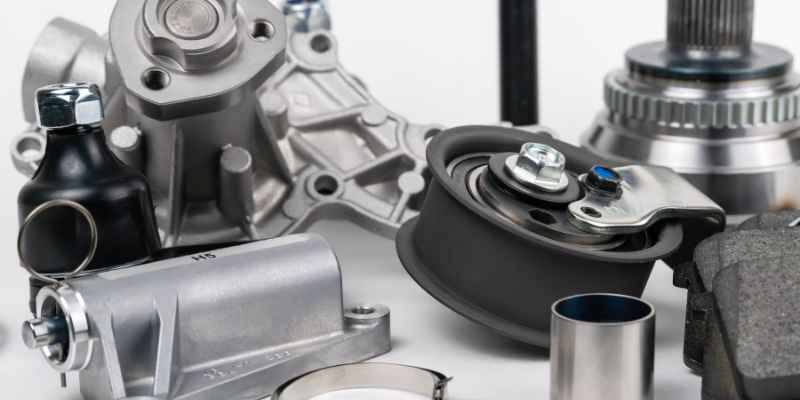
Frequently Asked Questions
What Is The Definition Of Automobile Parts?
Automobile parts are the components and systems that make up a car, including fasteners, body panels, and engine parts.
What Is Auto Parts Supplier?
Auto parts supplier is a company that manufactures and supplies components and systems for automobiles.
What Are The Parts Of Automobile Materials?
Automobile materials include body parts, engine components, fasteners, and electrical systems. These materials form the car’s structure and functionality.
What Are The Main Automotive Parts?
Automotive parts are the essential components and systems that make up a car, including the engine, transmission, fuel and ignition systems, cooling and electrical systems, suspension, steering, braking, and exhaust systems. These parts range from small fasteners to large body panels and everything in between.
Conclusion
Automobile parts are essential components that encompass everything from fasteners to body panels. Understanding the various systems and functions of these parts is crucial for maintaining and repairing vehicles. By learning more about auto parts, you can make informed decisions for your automobile needs.

